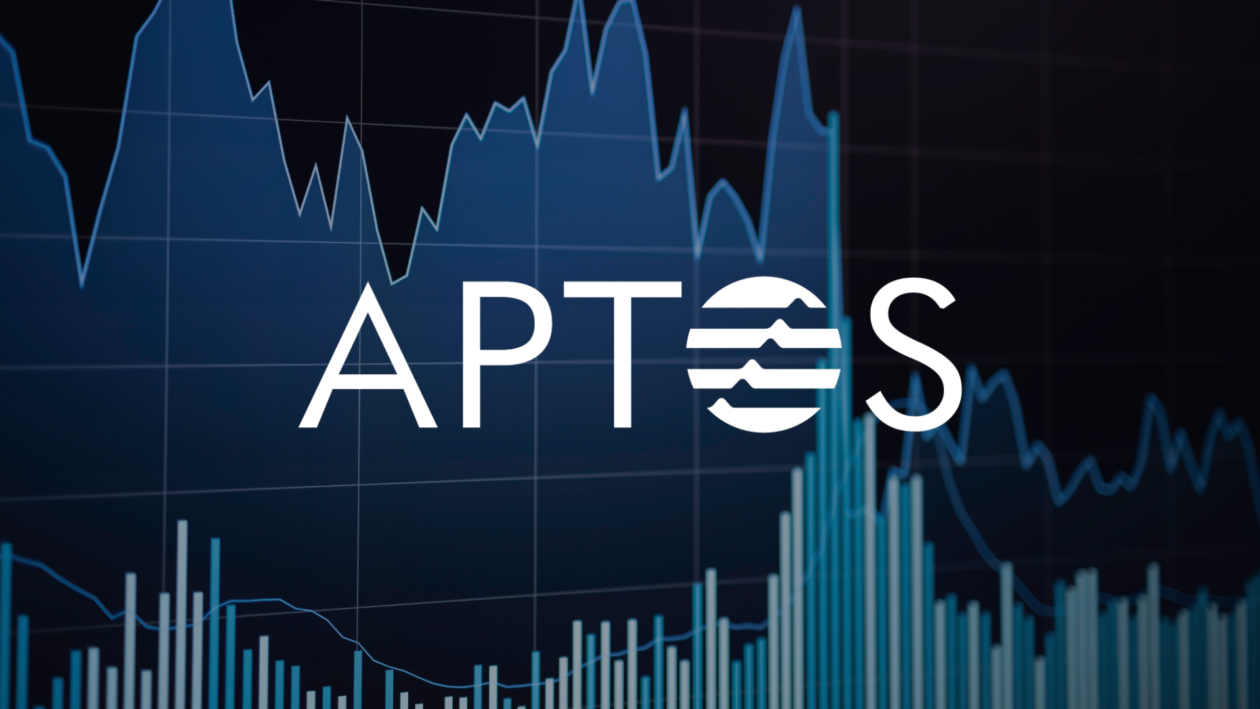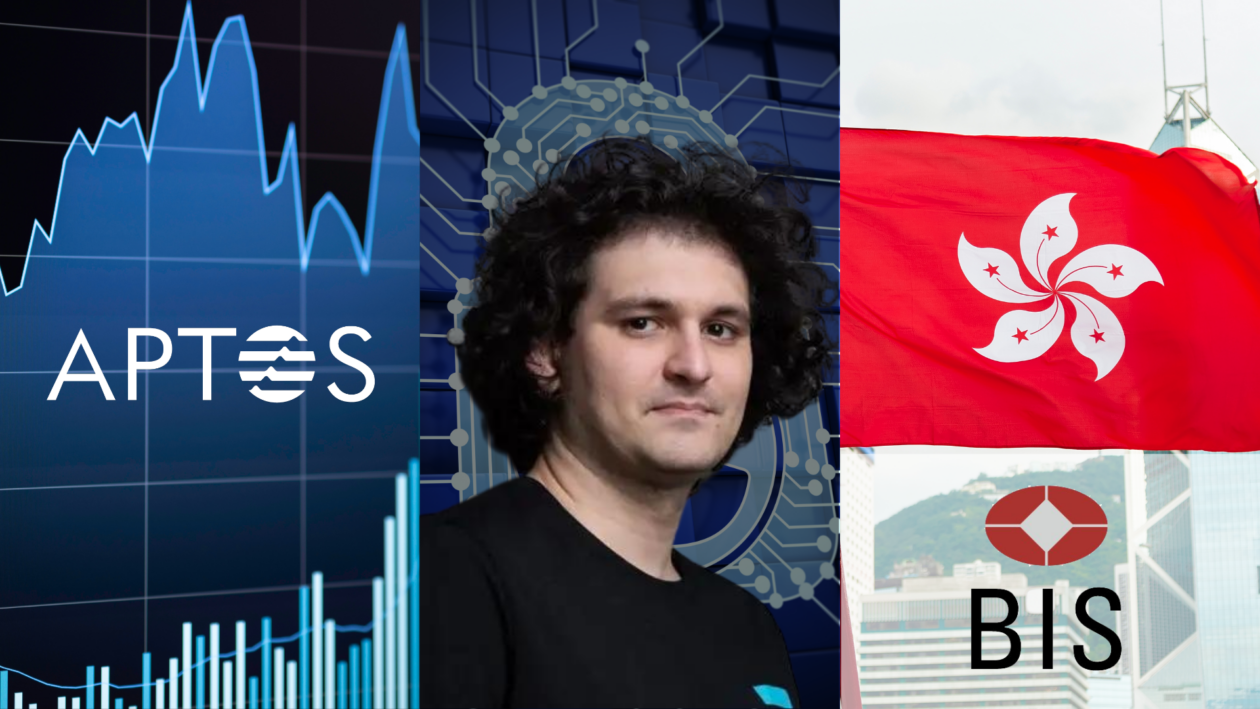In this issue
- Aptos: The bigger they are…
- Sam Bankman-Fried: Reaching for rules
- CBDCs: Hong Kong hypothesis tested
From the editor’s desk
Dear Reader,
It’s a moot point whether the financial crisis that engulfed the world 15 years ago was what gave birth to the cryptocurrency phenomenon. But it’s difficult to make the argument that the opacity of banking practices, which sparked the meltdown, didn’t give crypto development additional momentum as people woke up to the advantages of transparent, peer-to-peer finance.
It’s somewhat disappointing, then, to see a much-anticipated new project valued at US$2 billion launch and immediately draw accusations that it’s lacking in that defining essential quality.
Described by some as a “Facebook spinoff,” thanks to the fact that its creators are former Meta employees who developed Mark Zuckerberg’s failed Diem stablecoin, Aptos debuted its blockchain last week to a chorus of criticism that its tokenomics were not adequately explained.
Time will be the judge of whether or not Aptos is a step forward for the digital asset industry, and transparency will be key.
Transparency has also been on the mind of Sam Bankman-Fried in recent days — specifically in the form of regulation for the sector.
It’s unsurprising that SBF, as chief of one of the world’s biggest crypto exchanges, should be calling for rules — after all, regulation offers reassurance, and serious players in any industry need it as much as anyone.
His comments prompted something of a backlash, with Erik Voorhees, the founder of crypto exchange ShapeShift, among the voices accusing him of cozying up with the U.S. government.
Say what you like about the 30-year-old FTX founder, but his reply was a sign of both his own maturity and the growing maturity of the crypto industry, a call to keep the dialog going and find a way forward.
That’s the most fundamental form of transparency there is, and it’s the spirit that’s brought this industry such a long way during the relatively short period in which it’s been around. We welcome more of it.
Until the next time,
Angie Lau,
Founder and Editor-in-Chief
Forkast
1. Aptos: The bigger they are…

By the numbers: Aptos — 5,000% increase in Google search volume.
Despite a lack of transparency around its tokenomics and low transaction speeds at its mainnet launch, the Aptos blockchain’s APT token remains one of the 50-biggest cryptocurrencies by market capitalization.
- Aptos announced the launch of its mainnet last week, having received an injection of capital from including a16z, Binance and FTX.
- Aptos’s APT token was valued at US$13.73 on Oct. 19 at the network’s launch, but it plunged to US$6.75 the same day as the so-called “Solana killer” blockchain averaged just 20 transactions per second (TPS).
- Despite claiming to reach 100,000 TPS on its finalized version, Aptos is currently averaging 14.13 TPS, lower than the Ethereum network’s current 23 TPS.
- Following the launch, a Twitter user who claims to work as “Paradigm Engineer #420” tweeted: “Aptos is broken,” saying it was operating at a lower TPS rate than Bitcoin and that “a majority of tokens are either staked or ready to be dumped on retail investors.”
- Crypto market commentator Jordan Fish, also known as “Cobie,” took to Twitter to criticize exchanges listing APT for what he said was a lack of transparency, saying: “It’s not great that FTX/Binance, etc are all listing Aptos without any tokenomics transparency at all.”
- Fish added a screenshot of a page from FTX’s website to his thread, which stated that “the emissions schedule and total supply of the Aptos blockchain have not yet been released.”
- FTX updated the page on Oct. 18, adding a link to an Aptos tokenomics webpage that said the initial total supply of APT was 1 billion tokens at mainnet, and that over 82% of the tokens were staked.
- APT is currently the 48th-largest crypto by market cap and was trading at US$9.19 as of midweek Asia time, according to CoinGecko.
Forkast.Insights | What does it mean?
New crypto tokens launch all the time, but none has garnered quite as much attention this year as Aptos. There are two reasons for that.
The first is that Aptos has been backed by some of the biggest names in the industry, which many hoped would be a guarantee of its success. The second, and perhaps more accurate reason for the hubris around Aptos is crypto’s aching need these days for a success story.
The factors that gave rise to the last crypto boom — low interest rates, a rebounding global economy and a thirst for exotic assets among investors — have all but disappeared. Market capitalization is down across the board, and the hype around NFTs has been pronounced dead by much of the world’s media.
Aptos, whether by choice or bad timing, launched at a moment when almost every investor in crypto was on a losing streak. People needed a winner, and people needed Aptos to be it. The cryptocurrency is riddled with bugs and flaws, but so is every major crypto at launch, even those merely undergoing updates to their underlying software. Building tokens in simulated environments, as crypto developers must do, only ever gives them half of the full picture of how they’ll perform in the real world.
2. SBF’s big ideas

By the numbers: Sam Bankman-Fried — over 5,000% increase in Google search volume.
Sam Bankman-Fried, founder and chief executive of crypto exchange FTX, recently shared his thoughts on crypto regulations, advocating “blocklists” to ensure financial compliance.
- The proposals, along with a set of “possible digital asset industry standards,” are part of Bankman-Fried’s efforts to persuade U.S. regulators to adopt rules for the industry that would favor crypto companies and innovation.
- Bankman-Fried said the industry needed changes in three key areas: “regulatory oversight and customer protection,” “an open, free economy, where peer-to-peer transfers, code, validators, are presumptively free,” and a need to “establish regulations.”
- “First, it means that we have blocklists and not allowlists for illicit financial activity,” he wrote, arguing that a list of addresses associated with illicit activity “can simultaneously enforce sanctions compliance effectively,” without requiring know-your-customer verification for everyday purchases. “Peer-to-peer transfers should generally be free as long as they’re not going to sanctioned actors.”
- Bankman-Fried’s proposal generated a significant backlash, including criticism from Erik Voorhees, founder of crypto exchange ShapeShift, who responded: “You can advocate Effective Altruism, or you can advocate banning 80 million innocent Iranians from the future of global finance,” adding that “glorifying OFAC in proposed crypto industry standards is a non-starter.”
- Acknowledging the feedback, Bankman-Fried replied that validators and smart contracts should be permissionless and free, adding that he had “sympathy for innocent people caught in broader blocks — that’s a policy conversation worth having.”
- In his initial proposals, Bankman-Fried suggested “a community standard that required attackers to return the vast majority of assets” in an effort to reduce the impact of crypto hacks and security breaches.
- He also said digital assets need more “public disclosures and transparency,” along with “standards to help inform and protect customers.”
- Bankman-Fried wrote that decentralized finance (DeFi) was among the most challenging parts of the ecosystem. “The most important thing is that we not jump the gun: that industry, regulators, and lawmakers work collaboratively and thoughtfully together.”
- His final suggestions concerned stablecoins, and he asked for more “regulatory oversight, up-to-date public information, and audits to confirm that dollar-backed stablecoins are, in fact, backed by the dollar.”
Forkast.Insights | What does it mean?
SBF has astutely positioned himself as the de facto voice of crypto. While Ethereum co-founder Vitalik Buterin shows little interest in being a central figure and Binance chief executive Changpeng Zhao has become a little too divisive for some, Bankman-Fried has claimed the mantle for himself and is making it work for his sizeable crypto empire.
Bankman-Fried has spent most of the Crypto Winter snapping up distressed companies and speaking to regulators about how they can work more effectively with the industry at large. But his latest commentary has been interpreted by some as a thinly veiled attempt to invite a ban on DeFi, which is arguably the biggest threat to his centralized empire.
Parallels are also being drawn between Bankman-Fried and figures such as John Pierpont Morgan and Warren Buffett, both of whom made fortunes buying up distressed businesses and using their powerful positions to shape the industries in which they worked.
People who have worked with Bankman-Fried have described his ambitions as limitless. What’s less clear is whether that’s a good thing for crypto or a good thing just for him.
3. Financial frontier

The Bank for International Settlements (BIS) Innovation Hub Centre – Hong Kong SAR has completed a central bank digital currency (CBDC) study that examined the feasibility of intermediated CBDCs and CBDC-backed stablecoins.
- The prototype developed in the study, named Project Aurum, provides a solid basis for further exploration and testing of Hong Kong’s retail CBDC, e-HKD, the bank said in a recent report.
- The study was conducted in collaboration with the Hong Kong Monetary Authority (HKMA) and the Hong Kong Applied Science and Technology Research Institute, and a prototype was completed in July, according to the BIS.
- “Bringing CBDC-backed stablecoins to life has never been done before and we, therefore, felt that doing so may supplement the growing body of research on private sector stablecoins,” the BIS wrote in its report.
- Last month, HKMA Chief Executive Eddie Yue shared plans for a series of e-HKD trials in the fourth quarter of this year that would involve participation by banks and technology companies. The trials will seek to determine the most suitable uses for the e-HKD.
- The HKMA updated its CBDC roadmap in September, highlighting that it first plans to launch a wholesale e-HKD platform for exploring CBDC uses before e-HKD’s final public launch.
Forkast.Insights | What does it mean?
There are several reasons why the BIS chose to develop the prototype in Hong Kong: the city’s ambitions for fintech innovation, its international connectivity, and its unusual currency system make it an ideal testbed for CBDCs.
Specifically, the BIS said that Project Aurum was set up to explore CBDC-backed stablecoins because of their close similarities with the Hong Kong currency system, in which physical bills are issued by three banks rather than by the Hong Kong Monetary Authority, the city’s de facto central bank. It described CBDC-backed stablecoins as digital equivalents of the city’s note-issuing bank system.
China is also testing its e-CNY, the world’s most developed major CBDC, in Hong Kong. The People’s Bank of China is trialing e-CNY’s cross-border use in Hong Kong, as it has linked it up with the city’s Faster Payment System, which allows easy and quick money transfers.
The new study suggests that a CBDC-backed stablecoin could address common concerns about the underlying assets that back stablecoins, although it’s unclear whether the monetary authority will accept the issuance of a private sector stablecoin backed by its CBDC.
Julian Ip, a political assistant to Hong Kong’s secretary for financial services and the treasury, last week told a conference that a well-functioning stablecoin could be beneficial for lending protocols and that the government would consider how it could establish a regulatory regime for stablecoins.
All of this suggests that while Hong Kong may have been a strong candidate for the BIS project, the HKMA — and the city’s policymakers — will also have some work to do on the regulatory front for stablecoins to make its results a reality.




